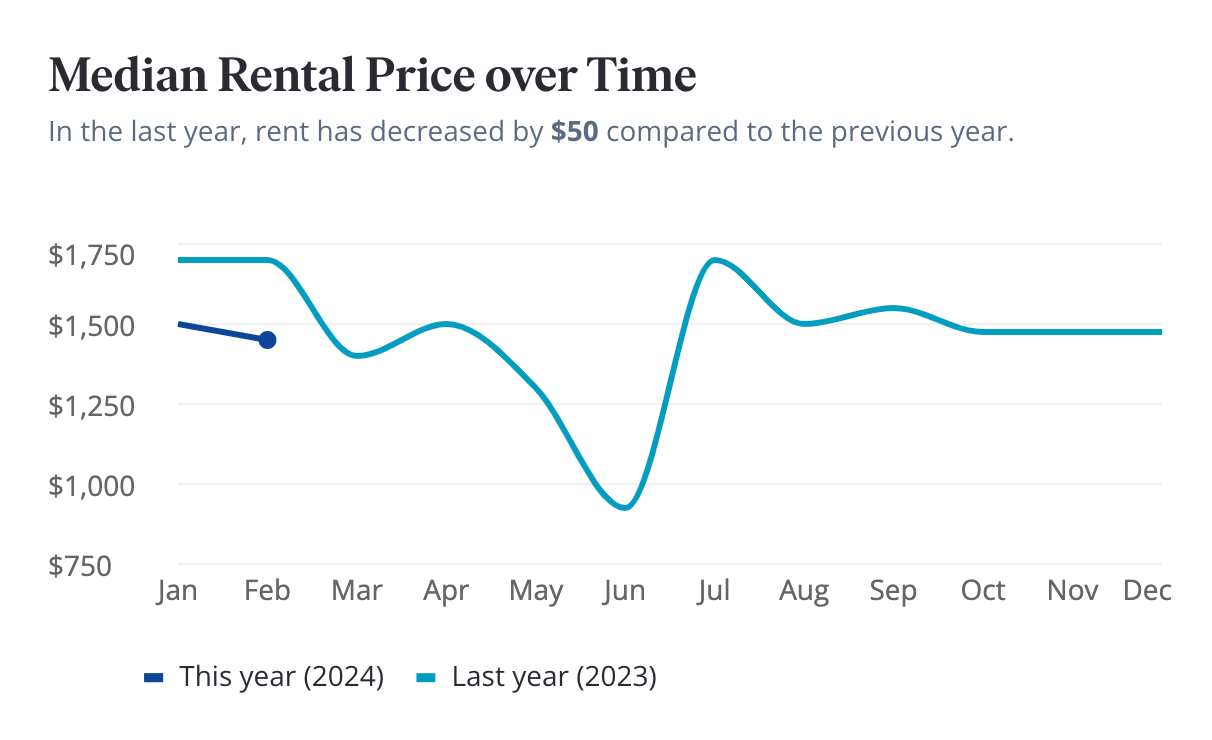Achieving Homeostasis through a Whole-Foods Diet: The Benefits and How-to; Learn faster, live better. Travel often :)
January 12, 2023
Achieving Homeostasis through a Whole-Foods Diet: The Benefits and How-to

This is achieved through a complex network of physiological processes that work together to regulate different systems in the body. In order to maintain homeostasis, the body must constantly monitor and adjust various parameters, such as temperature, pH, and blood sugar levels.
A homeostasis diet is one that is designed to support the body's natural processes of maintaining balance and stability. This type of diet is characterized by the consumption of whole, unprocessed foods that are rich in nutrients and low in added sugars, artificial ingredients, and unhealthy fats. These foods provide the body with the essential vitamins, minerals, and antioxidants it needs to function properly.
One of the main benefits of a homeostasis diet is that it can help to regulate blood sugar levels. High blood sugar is a major contributor to many chronic diseases, including diabetes, heart disease, and cancer. A diet that is rich in whole foods and low in added sugars can help to stabilize blood sugar levels, which can reduce the risk of these diseases.
Another benefit of a homeostasis diet is that it can help to promote weight loss. A diet that is high in whole foods and low in processed foods is naturally lower in calories, which can help to reduce overall energy intake. In addition, eating a diet that is rich in fiber and protein can help to increase feelings of fullness, which can help to reduce overall food intake.
A homeostasis diet can also support overall gut health. Eating a diet that is rich in whole foods, particularly fruits, vegetables, and fermented foods, can help to promote the growth of beneficial gut bacteria. This can help to improve digestion, reduce inflammation, and boost the immune system. - Mind your gut, and you'll keep your mind.
Through a homeostasis diet you can see increased Neuroplasticity
. Neuroplasticity is the ability of the brain to change and adapt in response to new experiences and environments. This process of change is essential for learning, memory, and overall brain health. In recent years, research has shown that a healthy diet can play a critical role in promoting neuroplasticity and supporting overall brain function.
A homeostasis diet, which is rich in whole, unprocessed foods and low in added sugars and artificial ingredients, can provide the brain with the essential nutrients it needs to function properly. These nutrients include vitamins, minerals, antioxidants, and essential fatty acids, all of which are important for maintaining brain health and promoting neuroplasticity.
One of the key nutrients for promoting neuroplasticity is omega-3 fatty acids. These essential fats are found in foods such as fish, nuts, and seeds, and have been shown to play a critical role in brain development and function. Omega-3 fatty acids can help to promote the growth of new brain cells and protect against damage from inflammation. They are also important for the normal functioning of the brain's synapses, which are the connections between neurons that allow for communication and the formation of memories.
Another important nutrient for promoting neuroplasticity is vitamin E. This powerful antioxidant can help to protect the brain against damage from free radicals, which are molecules that can harm cells. Vitamin E is found in foods such as nuts, seeds, and leafy greens, and can help to promote overall brain health.
A diet rich in fruits and vegetables is also important for promoting neuroplasticity. These foods are rich in vitamins, minerals, and antioxidants that can help to support overall brain health and reduce the risk of chronic diseases such as Alzheimer's and dementia. In addition, research has shown that a diet high in fruits and vegetables can help to improve cognitive function and memory.
Another critical aspect of a homeostasis diet that promotes neuroplasticity is avoiding the consumption of processed foods and added sugars. These types of foods have been linked to inflammation in the brain, which can harm brain cells and disrupt normal brain function. Eating a diet that is high in processed foods and added sugars can also contribute to weight gain and an increased risk of chronic diseases, which can further harm the brain.
Another benefit is that it can help to improve overall cardiovascular health. A diet that is rich in whole foods, such as fruits, vegetables, and whole grains, is naturally high in vitamins, minerals, and antioxidants that can help to reduce the risk of heart disease. Eating foods that are rich in omega-3 fatty acids, such as fish and nuts, can also help to lower blood triglycerides and improve overall heart health.
Finally, a homeostasis diet can also help to reduce overall inflammation in the body. Inflammation is a major contributor to many chronic diseases, including heart disease, diabetes, and cancer. Eating a diet that is rich in anti-inflammatory foods, such as fruits, vegetables, and healthy fats, can help to reduce overall inflammation in the body.
Overall, a homeostasis diet that includes whole, unprocessed foods and is low in added sugars and artificial ingredients, can promote neuroplasticity by providing the brain with the essential nutrients it needs to function properly, supporting the growth of new brain cells, protecting against damage from inflammation and free radicals, and reducing the risk of chronic diseases that can harm the brain. Avoiding processed foods and added sugars also play an important role in a homeostasis diet that supports neuroplasticity.
A homeostasis diet can provide many health benefits. By consuming whole, unprocessed foods that are rich in nutrients and low in added sugars, artificial ingredients, and unhealthy fats, it can help to support the body's natural processes of maintaining balance and stability, help to regulate blood sugar levels, promote weight loss, support overall gut health, improve cardiovascular health, and reduce overall inflammation.
Here is an easy, affordable 7-Day Homeostasis Diet Meal Plan + Shopping List!
Day 1:
Breakfast: Oatmeal with berries and honey
Lunch: Green salad with grilled chicken
Dinner: Baked salmon with roasted vegetables
Day 2:
Breakfast: Greek yogurt with granola and honey
Lunch: Turkey and cheese sandwich with carrot sticks
Dinner: Spinach and ricotta stuffed chicken breast with brown rice
Day 3:
Breakfast: Scrambled eggs with whole-grain toast
Lunch: Black bean and corn salad with diced avocado
Dinner: Baked cod with steamed broccoli
Day 4:
Breakfast: Smoothie bowl with Greek yogurt and mixed berries
Lunch: Chicken Caesar salad
Dinner: Whole-grain pasta with marinara sauce and meatballs
Day 5:
Breakfast: Protein pancakes with peanut butter and maple syrup
Lunch: Tuna salad with whole-grain crackers
Dinner: Grilled chicken with quinoa and roasted vegetables
Day 6:
Breakfast: Whole-grain waffles with turkey bacon and eggs
Lunch: Lentil soup with crusty bread
Dinner: Chicken and vegetable stir-fry with brown rice
Day 7:
Breakfast: Whole-grain English muffin with avocado and poached eggs
Lunch: Turkey and cheese wrap with coleslaw
Dinner: Baked pork chops with sweet potatoes and green beans
Shopping list:
Oats
Berries (fresh or frozen)
Honey
Spinach
Ricotta cheese
Chicken breast
Salmon
Vegetables (such as bell peppers, broccoli, carrots, sweet potatoes, green beans)
Brown rice
Greek yogurt
Granola
Turkey
Cheese
Whole wheat bread
Black beans
Corn
Avocados
Cod
Whole wheat pasta
Meatballs
Peanut butter
Maple syrup
Whole wheat waffles
Turkey bacon
Lentils
Crusty bread
Whole wheat English muffins
Avocados
Pork chops
This is general advice, you could include or exclude some ingredients based on your preference or allergies, and also take into account your daily calorie need and macronutrient balance.

Discover the most beautiful lakes in the Bighorn Mountains of Wyoming, perfect for any getaway. Whether you're seeking a romantic retreat or an action-packed adventure, our guide to the Bighorns' favorite lakes offers something for everyone. Explore serene waters, breathtaking landscapes, and a plethora of activities.

Explore the breathtaking beauty and thrilling adventures of the Bighorn Mountains in Sheridan, Wyoming. From scenic hikes and ATV rides to fishing and guided tours, find out why this is your next must-visit destination for both relaxation and adventure. Dive into our comprehensive guide for all the top activities and experiences.

As the frosty blanket of winter begins to lift, Sheridan, Wyoming, transitions into a landscape brimming with the promise of spring. February's chilly embrace brought the quintessential winter weather to our doorstep, setting the stage for a season of beauty, adventure, and serene escapes. Amidst this seasonal shift, Wyo Stays has emerged as a beacon of hospitality, significantly outperforming the local short-term rental market with an impressive 53% occupancy rate, compared to the local average of 28%. This achievement not only highlights our dedication to excellence but also our commitment to ensuring every guest enjoys an exceptional stay, no matter the season. Here's your ultimate guide to making the most of winter's end in Sheridan, with top to-dos that promise an unforgettable experience.

Discover how to maximize your real estate investment in Sheridan, Wyoming with Wyo Stays. Explore our expert guide on thriving in the local market, from vacation rentals to long-term investments, and learn why partnering with Wyo Stays means unlocking the full potential of your property. Join us for unparalleled property management solutions and become part of Sheridan's growing real estate success story.




















